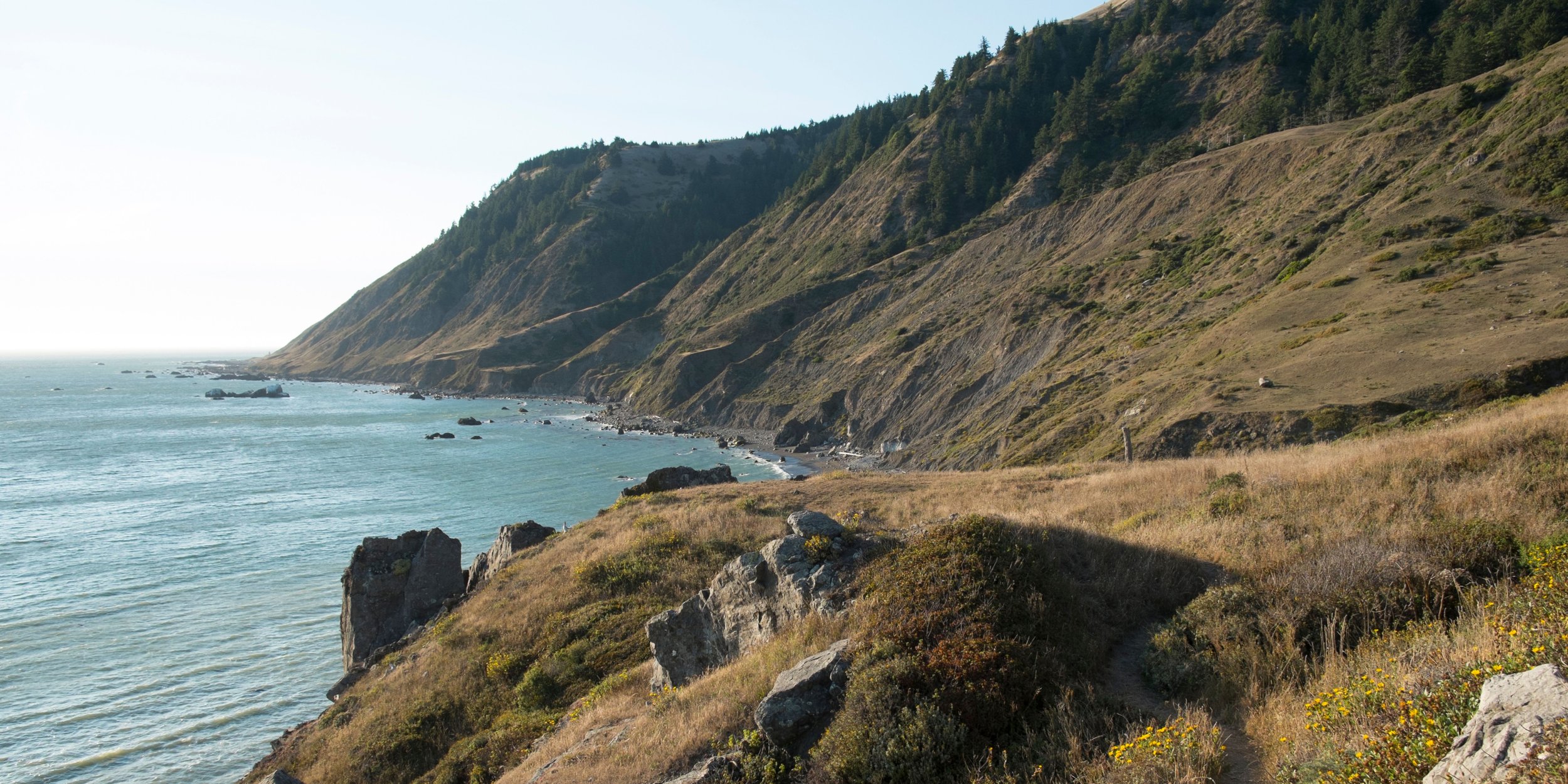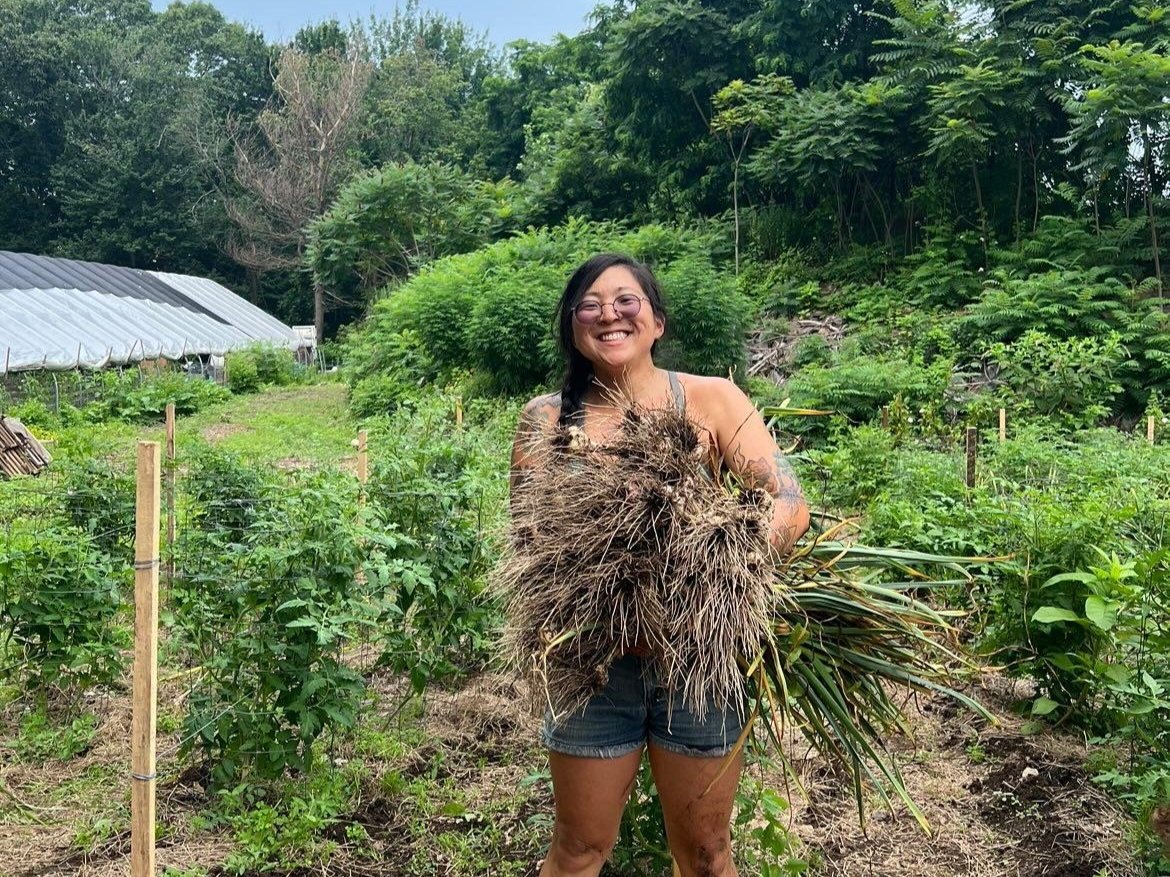What Grows Together Goes Together: Humboldt
Part One: Kicking off a Tour of California’s Wine and Weed Country
By Rachel Burkons
You would be surprised by how contentious the term sungrown cannabis is. After all, the term simply refers to cannabis grown outdoors, in the sunlight. Yet for many, it is considered “bottom shelf,” categorized as poor quality, low potency, and not for the “serious stoner connoisseur…” whatever that is.
But for others, sungrown cannabis represents the pinnacle of craft, lovingly tended to by small farmers in synchronicity with the earth. Rooted in places like Humboldt’s hidden glens and Mendocino’s redwood-topped mountains, and growing alongside the wineries that dot Napa’s rolling hills and Sonoma’s sunny valleys, California’s sun-grown cannabis farmers tap into the cycles of the earth in a way their indoor and greenhouse counterparts simply cannot. These cultivators focus on growing for flavor, with sustainability and terroir in mind. The flower these sun-grown farmers tend is not only artisanal and beautiful; it is an award-worthy luxury product, not unlike California’s premium wines.
It’s no surprise then that in many places across California, wine and weed grow side-by-side, taking similar botanical advantage of cool foggy mornings, long sunny days, and warm evening breezes. In many ways and in many places across the Golden State, wine country is weed country—and weed country is wine country. So The Clever Root is setting off to visit a few key regions where we find some of the world’s best sungrown cannabis and the world’s best wines, and explore what makes these places so special.
Read part one of this series below for a tour of Humboldt’s wine and weed cultivation, and stay tuned as we explore future growing regions where cannabis and grapes thrive alongside each other.
Humboldt: Where Tradition Meets Terroir
Humboldt has become synonymous with great weed and a cannabis culture that’s deeply authentic. It’s where many who are considered the “O.G.”s of weed got their start, or got sent to jail, or continue to cultivate today in both the regulated and unregulated market. It’s a culture rooted in clandestine grows peppered along riverbed valley floors, tucked high in winding mountain roads, or hidden discreetly in a giant path of Redwoods.
While its small-town, off-the-beaten path location 300-plus miles north of San Francisco made it an ideal location for early cultivators looking to grow an illegal plant, what has made Humboldt so special over the decades has been the quality of product coming from this region. While some of that quality can be attributed to long-practiced techniques handed down from generation to generation and fine-tuned genetics hunted from around the globe, much of what has made Humboldt such a special place for cultivating cannabis is its terroir.
A term commonly used in the wine world and increasingly used in cannabis, terroir refers to the geographic, geologic and climate conditions of a growing region that may influence the expression of nuanced aromas and flavor in a plant cultivated there. Each unique region offers its own terroir based on these factors, and so terroir is a guiding principle for winemakers coaxing out a grape’s potential by making the most out of vineyards’ steep hillsides, limestone soils, and gusty winds. Terroir also defines a benchmark of quality and flavor expected from certain regions, making places like Napa, Sonoma, Bordeaux, and other global wine regions protected prime real estate. Learning about the terroir of a region is an essential part of any wine education, and highly trained sommeliers can even blind taste a wine and identify its region with just one sip.
In cannabis, expressions of terroir are still being teased out and established, but there’s an undeniable connection between terroir and sungrown cannabis across the state. Cultivators are finely tuned to the way their flower is affected by the climate and soil in which their flower is grown, and make decisions across the plant’s lifecycle with their particular terroir in mind.
There’s such a movement around cannabis terroir that the State of California is partnering with cultivators to develop Appellations of Origin, similar to how products like Champagne, Parmesan, and Port are protected and their origins certified. This, and other projects designed to help define characteristics of sungrown regions across the state, will continue to develop the concept of cannabis terroir.
However, it is important to note that unlike cannabis, grape vines are perennial plants that remain rooted in the ground year-round. Many of the best vineyards in the world have very old vines that have grown long enough to become a part of the terroir themselves. Cannabis, meanwhile, is an annual plant, harvested every year. While this does not mean terroir has no impact on cannabis, it may not be as strongly reflected and defined as it is in wine.
Humboldt Fog
It’s more than just the name of a delicious cheese made there: The term Humboldt fog may also provide an apt look into the region’s terroir. The terroir of Humboldt is shaped by its cool climate, maritime influence, and deep, river-lined valleys and rugged hills. The county sees more rain than most of the state, and summer heat is tempered by cool low fog that persists throughout much of the day. In the hills, pockets of dark rocky shale in the soil retain heat, making for suitable cultivation in this rather inclement weather.
The terroir in Humboldt has given rise to boutique wineries that specialize in cool-climate varieties such as Pinot Noir, which thrives in long, cool growing seasons and benefits from foggy days that help retain acidity in the grape and balance in wines.
For cannabis cultivators, Humboldt’s low- and long-hanging fog could pose a challenge to managing moisture levels in the buds as they grow and ripen; instead it protects the flower from scorching California summers. Well-trained farmers know just when to trellis, trim, and harvest to avoid mold and moisture problems as the flowers develop.
In addition to the rich riverbank soils in the valleys, the salts and minerals from the region’s maritime influence nourish the soils in Humboldt, contributing to a term that’s become muddled over the years: OG. While the average person may think the slang term “O.G.” refers to “original gangster,” some claim the term “Ocean Grown” originally referred to the dank flower cultivated under Humboldt’s salty seaside influence.
With a small number of wineries and an unknown number of cannabis cultivators growing there, Humboldt shows how great terroir, coupled with multi-generational know-how, can result in world-class products that offer a sense of place with every sip or smoke.
Stay tuned for more on our exploration of the growing regions across California.





